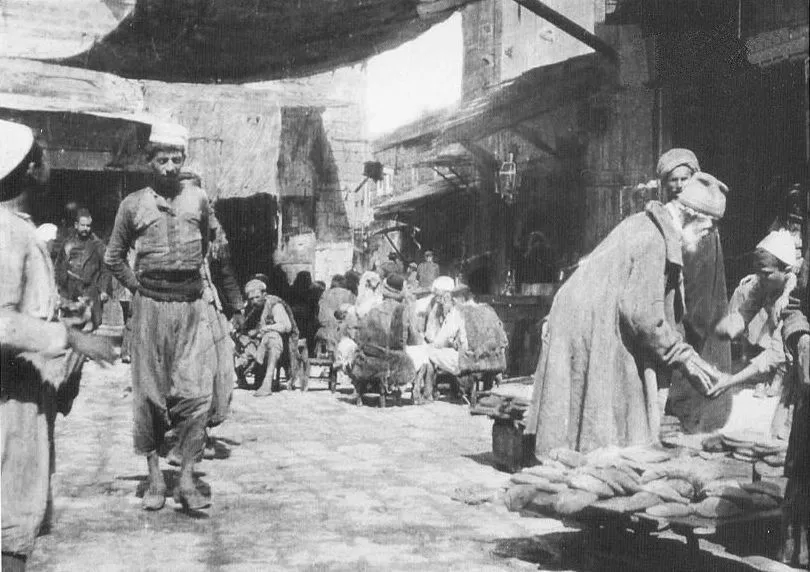Haifa, a port city in Northern Israel, has dominated media headlines after Israel’s terrorism-cum-murder of Gazan leader Ismail Haniyeh in Tehran. There’s a good reason for it – the port city sits on the northern edge of Occupied Palestine, bordering Lebanon. Any attack from Hezbollah would come from Haifa’s direction, which poses risks to Israel’s food security.
Haifa has risen to media prominence before, but in the 1930s and 40s. Food is the game when it comes to Haifa. When Israel’s genocide of Gaza restarted in October 2023, the Zionists calmed the Israeli population (a country that imports three times more food than it grows, much of it through Haifa’s three ports) by showing a tomatoe-laden cargo ship from Türkiye. It was promised that food would flow uninterruptedly (but not for Gazan “human animals“).
The Zionists know that attacking food infrastructure is how entire nations and cultures crumble. Do you know why? Because that’s how they terrorised the Palestinians in the late 1930s, by attacking their food supply in Haifa, wanting to create hunger.
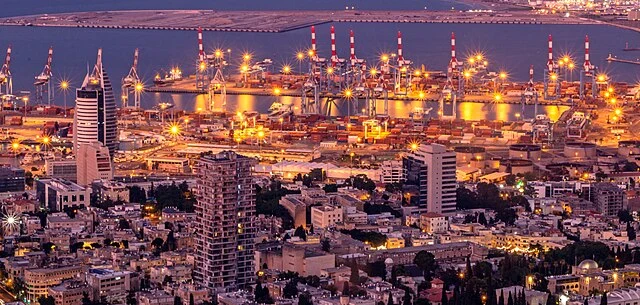
Haifa in the 1930s
As with most ‘Israeli’ cities, Arabs were the majority in Haifa during the 1930s. The port-city bustled with trade of food and crude oil being exported to the Mediterranean. Given the role of Haifa’s ports in strengthening the local Arab economies, it became a favourite for terror groups like Menachim Begin’s Irgun, who would target its food markets specifically. The idea was to cut off food supply to local Arab communities.
Between the period of July 1938 to 1939, Zionist terror groups attacked food markets and infrastructure in Haifa four times with bombs and explosive devices. These are only the terror attacks done in a single city, for only a single period, discounting the other mass-killings and terror crimes of Zionist terror groups.
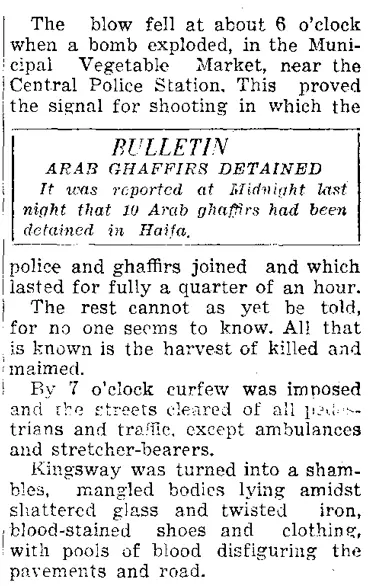
The explosion on July 6, 1938 claimed the lives of 23 innocents and wounded 79 more. Another explosion was to follow merely days later on July 16, 1938 when Zionist groups again targeted an Arab food market, this time in Al-Quds (Jerusalem).
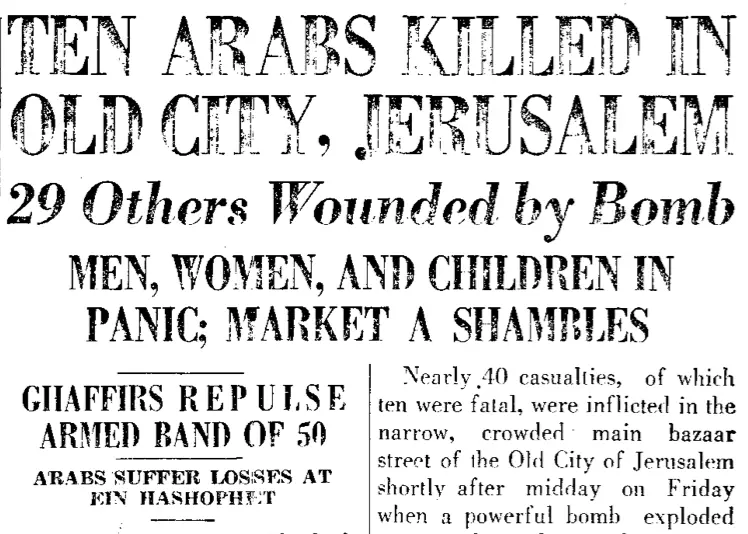
Barely ten more days had passed before the Zionists attacked Haifa once more, this time managing to massacre over a hundred innocent people going about their business in Kingsway, Haifa. Once again, the Zionist groups attacked a food market (Arab Melon Market).
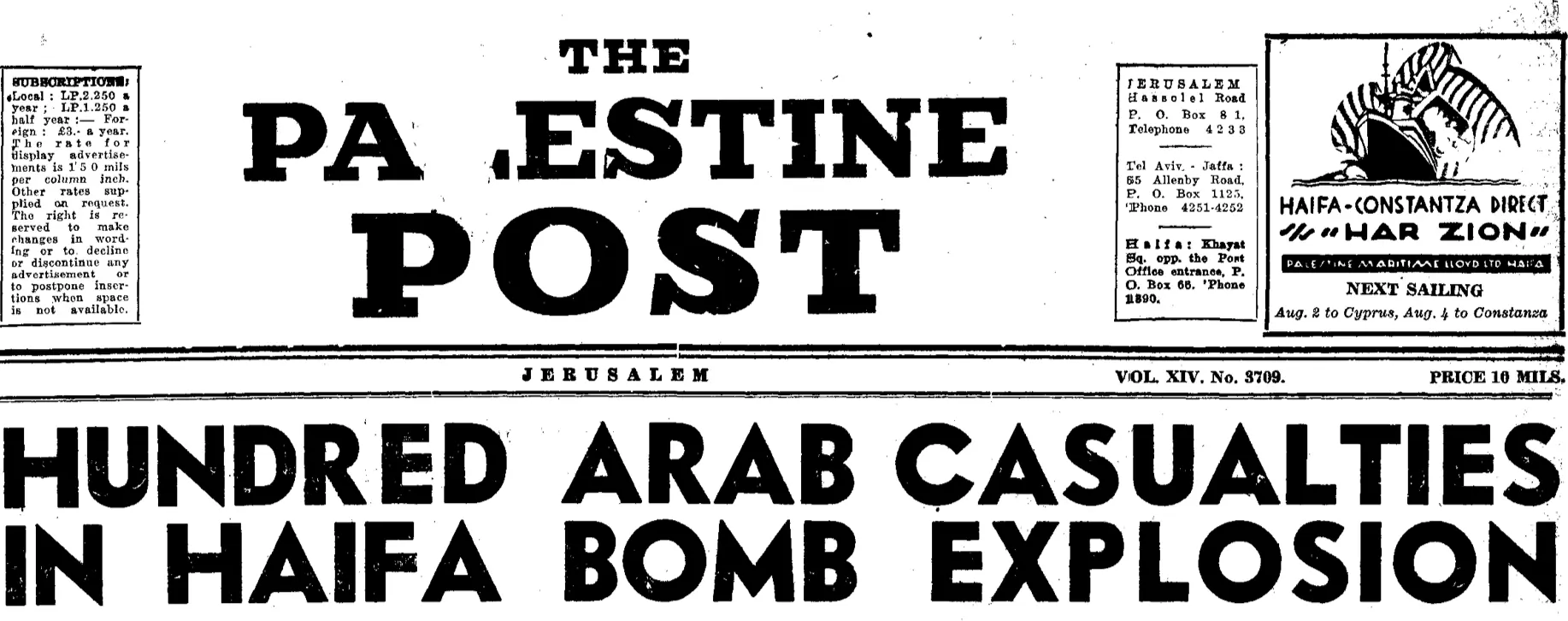
After relentless months of bombing Arab food markets, the Zionists were catching a taste of its efficacy in demoralising Arab and British morale. They followed up with their deadliest attack so far, a coordinated string of attacks in both Al-Quds and Haifa on February 27, 1939.
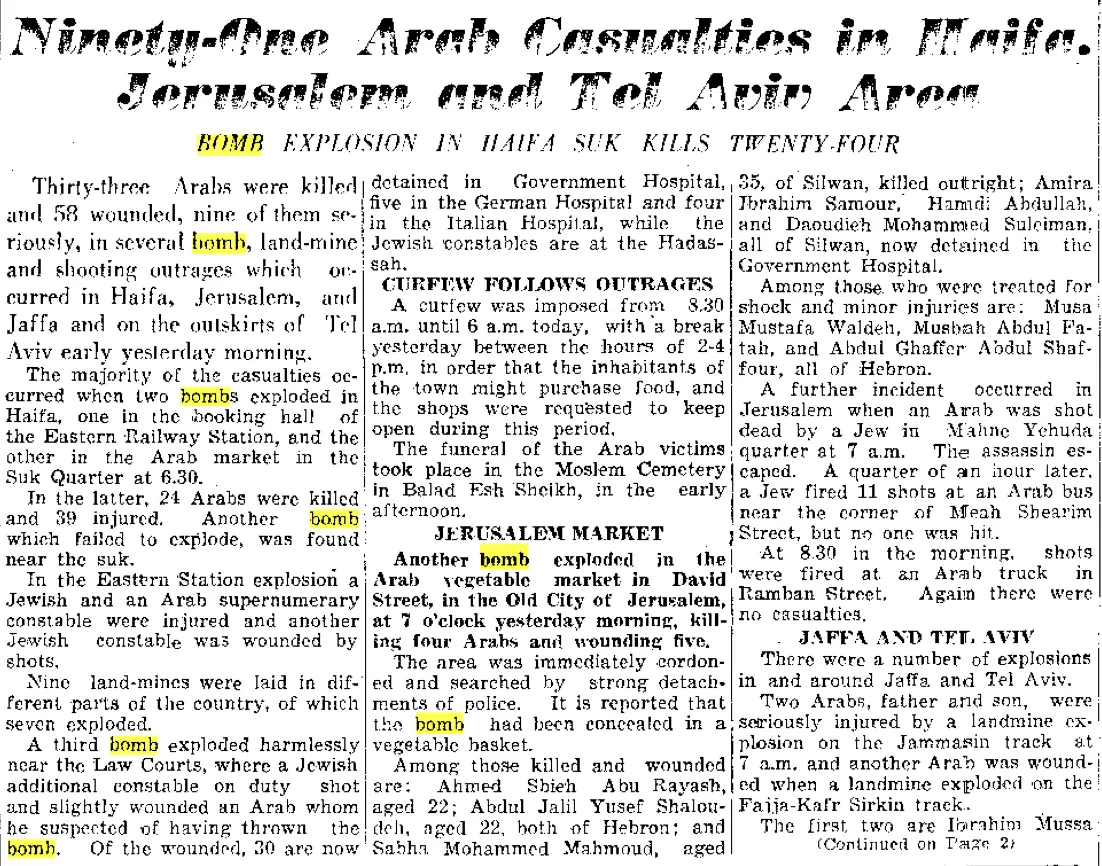
Enjoying the dividends of their terror atrocities, the Zionists returned to Haifa’s market quarters again on 19 June, 1939, brazenly attacking the same food market as they had earlier in February.
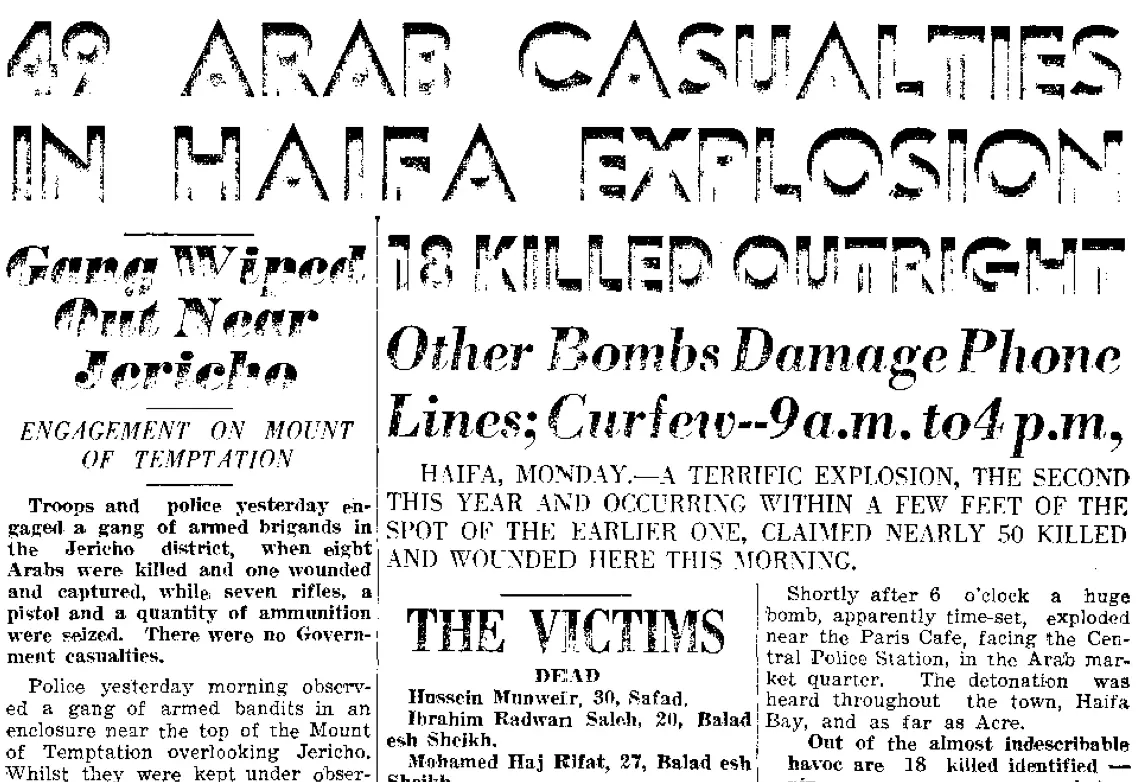
It can be observed from these (few of many) headlines that there was a rather strategic ‘method’ to Zionist’s bombing of Arabian food markets. The markets would be bombed, scaring away merchants and inviting heavier curfews to demoralise the Arab locals. It takes time to set up these markets, and when the Haifa and Al-Quds residents would rebuild these food markets, they would be bombed by Zionist terrorists again.
Haifa in 2024 & Hezbollah Irony
There is a growing concern in Israeli and Western media on Israel’s food insecurity. I’m not implying that children are running hungry in the streets of Tel Aviv (only Gazan children can go hungry), but that a wartime economy has sharply raised food prices in Israel, and there is a growing possibility of food shortages. In this growing concern, one can find a bitter irony that today the same Haifa (that Zionists mercilessly attacked) is Israel’s bastion for food security.
In November 2023, Israel’s Food Industries Association warned that growing Houthi attacks in the Red Sea could potentially lead to food shortages. Indeed, maritime insurance companies have placed both Lebanese and Israeli ports in high-risk category, placing higher premiums on ships calling these ports. In the last quarter of 2023, Israel’s southern port, Ashdod, had a headline rate of 0.65, the highest in the region, while Haifa incurred a rate of 0.4. Even other ‘dangerous’ ports in region were cheaper, like Tripoli (Libya) at 0.4 and Mogadishu (Somalia) at 0.5. These premiums are instead passed to consumers, raising the cost of food and commodities.
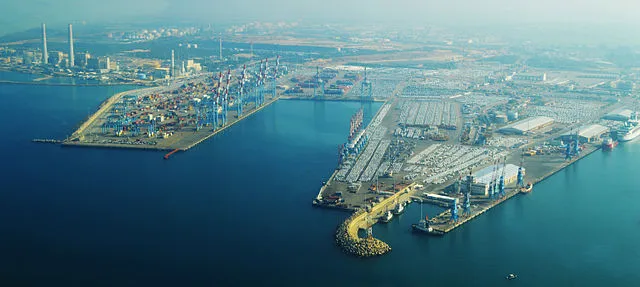
The higher insurance premiums, combined with Houthi attacks in the Red Sea and the Gaza conflict, forced Israeli businesses to prioritise using the Haifa port, in the far-north. Even Chinese ships refused to call Israel’s southern port, a call that prompted Israel’s Ashdod Port Chairman to call China a member of the ‘Axis of Evil‘.
This Haifa reroute was the first step to Israel’s food conundrum. While the state-owned Ashdod port in the south struggles with attracting traffic, the Haifa port has gained the responsibility of handling nearly three quarters of Israel’s food imports. A report from Israel’s TheMarker (a business newspaper) shows that Israeli companies are reluctant to use the Ashdod port due to its infrastructure issues, whereas Haifa can process imports faster. However, Hezbollah’s expected attack on Haifa complicates Israel’s food security.
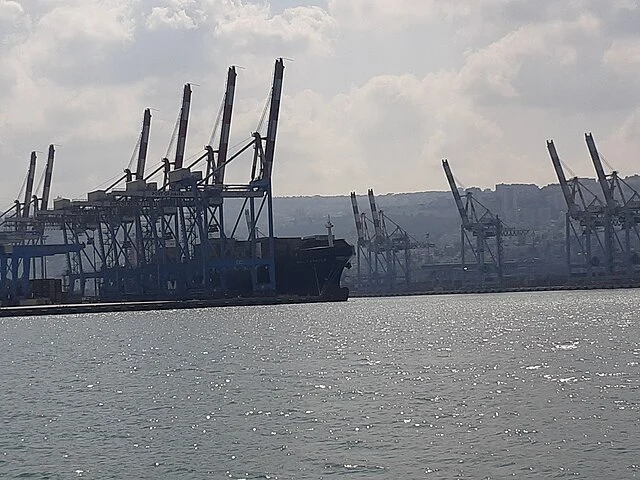
On 30th July 2024, Israel bombed an Hezbollah officer (Fuad Shukr) in Beirut, and hours later, bombed a senior Hamas officer (Ismail Haniyeh) shortly after the inauguration of Iran’s new President in Tehran. Israel’s unchecked bombing of foreign lands provoked both Hezbollah and Iran to promise retaliatory attacks on Israel, and the port-city of Haifa will be one of Hezbollah’s natural first targets, a threat that could crumble Israel’s food imports.
Haifa is an important port for Israel. A recent report by Israeli Haaretz concerns that Haifa Port has a substantial inventory of potentially explosive petrochemical and hazardous materials, a region extensively mapped by Hezbollah. Anticipating the Hezbollah response, Haifa city has already prepared an underground bunker-esque hospital (while Gazan hospitals are mercilessly destroyed) and is training citizens to spend time in protected shelters, putting Israel’s food imports at risk if the port is closed.
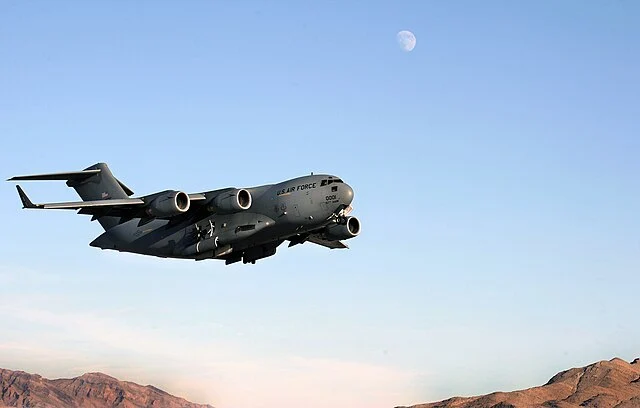
Even more ironic, the same Zionists now position their own soldiers to scour farmlands to make sure there are no ‘terrorists’ to harm Israeli farmers. As if the same Zionists had not mercilessly terrorised and bombed thousands of Arabs working in food markets and infrastructure in the 1930s. With the loss of arable farmland in the outskirts of occupied Gaza, and loss of cheap imported labour, there has been a tremendous increase in food prices that puts even more pressure on Israel’s reliance on food imports through Haifa.
While in 1930s, Zionist terrorists were trying head-over-heels to bomb Haifa’s food markets (that Western world won’t call terrorism), today the same Zionists are trying to protect Haifa’s role as Israel’s dominant food-importing port. A bitter irony.
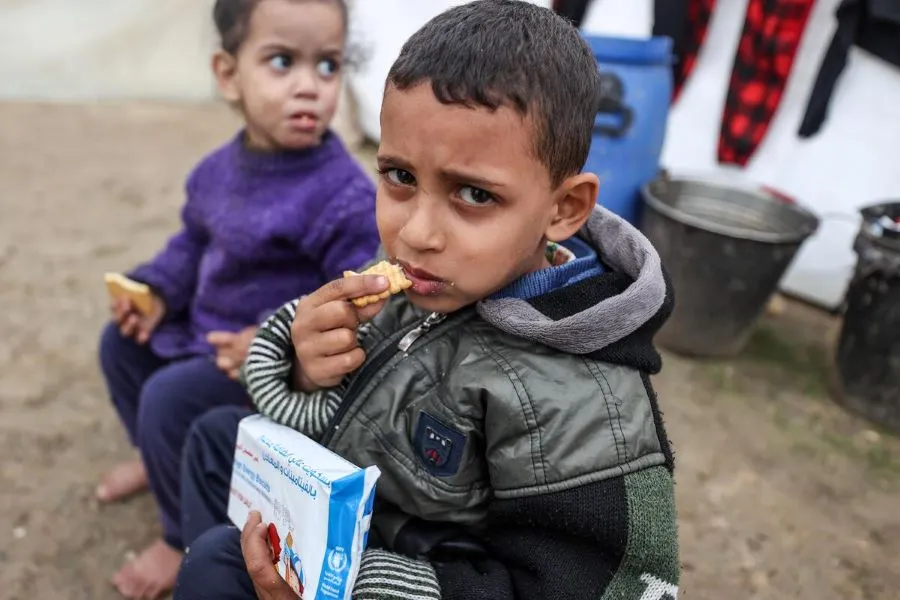
The Western world will never let an Israeli child die from hunger, because it will use the same planes that ceaselessly supply munitions and missiles (used to massacre Palestinian children, refuge camps, schools, and hospitals) to support Israel with food deliveries. A famine condition is not going to happen in Israel, period. But a famine in Gaza has already started, according to the UN.
It may be justified to starve 2 million Gazans, but world won’t let us.
Israeli Finance Minister, Bezalel Smotrich.
For the rest of us helplessly watching an entire people facing genocide from Zionists and their staunch Western backers, the best thing to do is sit back and enjoy Fish & Chips (more of my blogs), because nothing the West or Israel does is ever wrong.
Support me from $3/mo
The West kills millions of innocents and children, and then calls their corpses ‘terrorists’. Their media hides the evidence.
I’m an investigative journalist who digs out that evidence. Get exclusive interviews, podcasts, and credible reports you won’t find elsewhere.
Support independent, grassroots journalism
